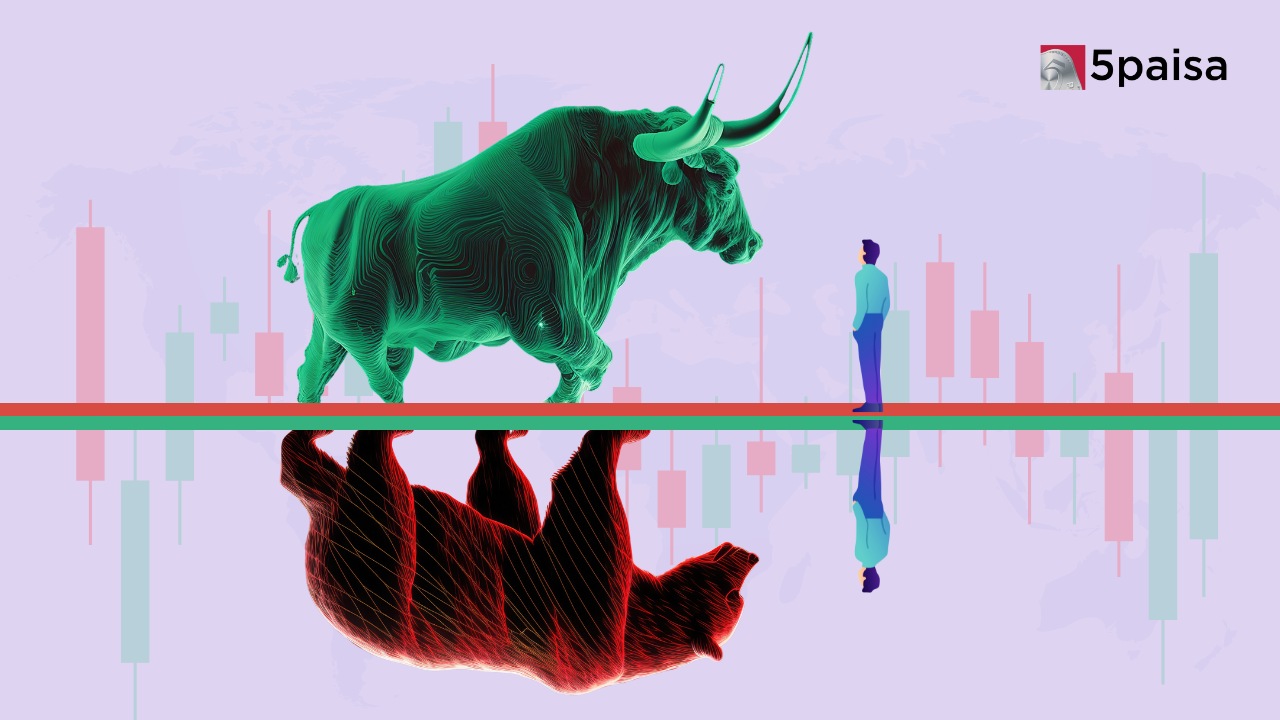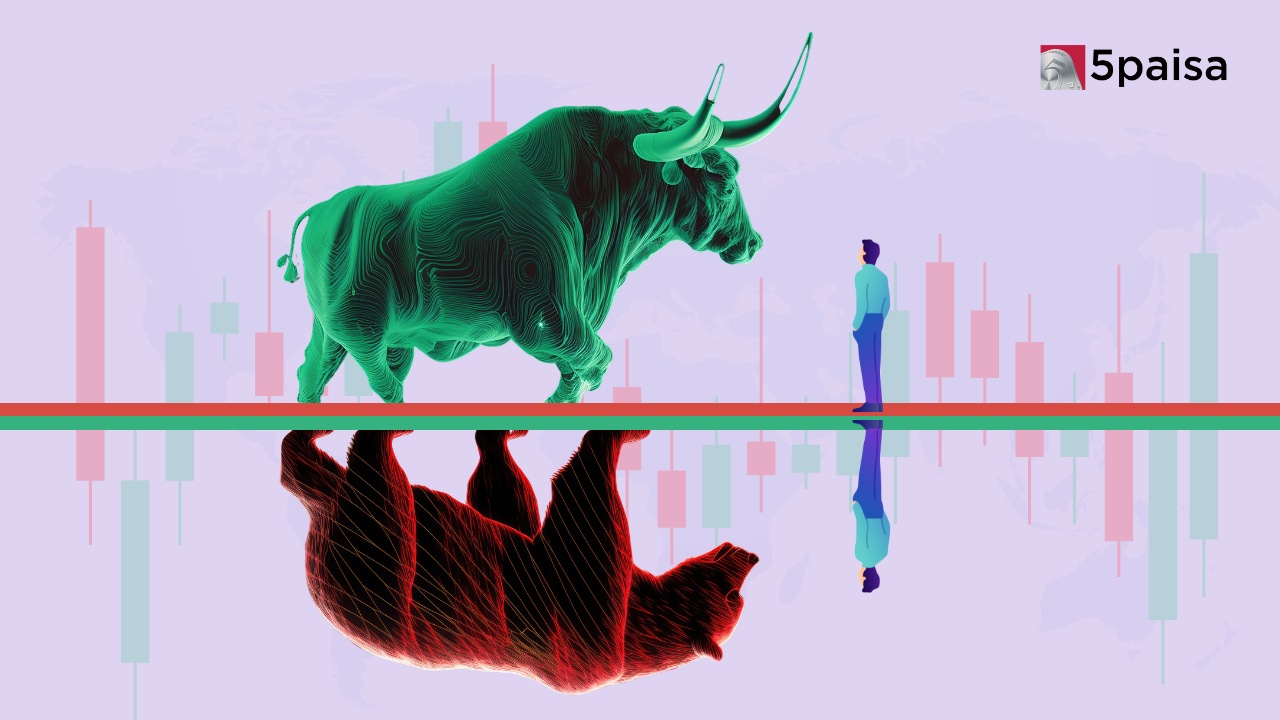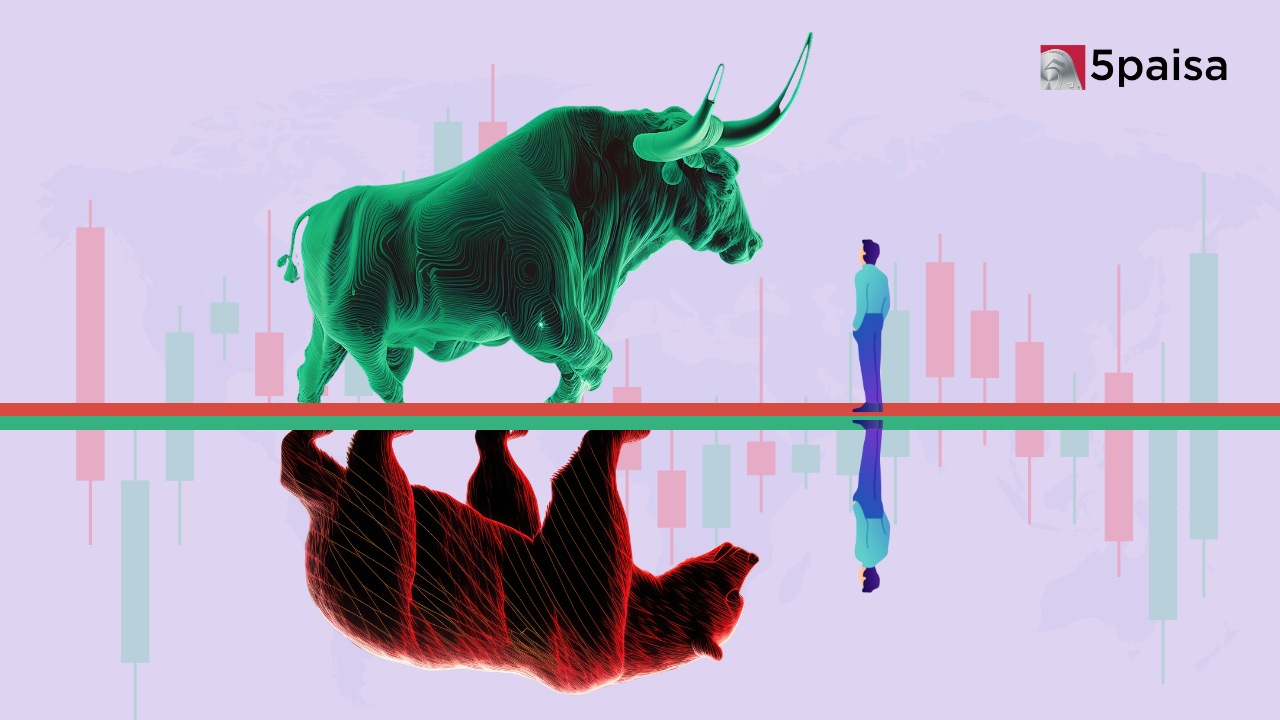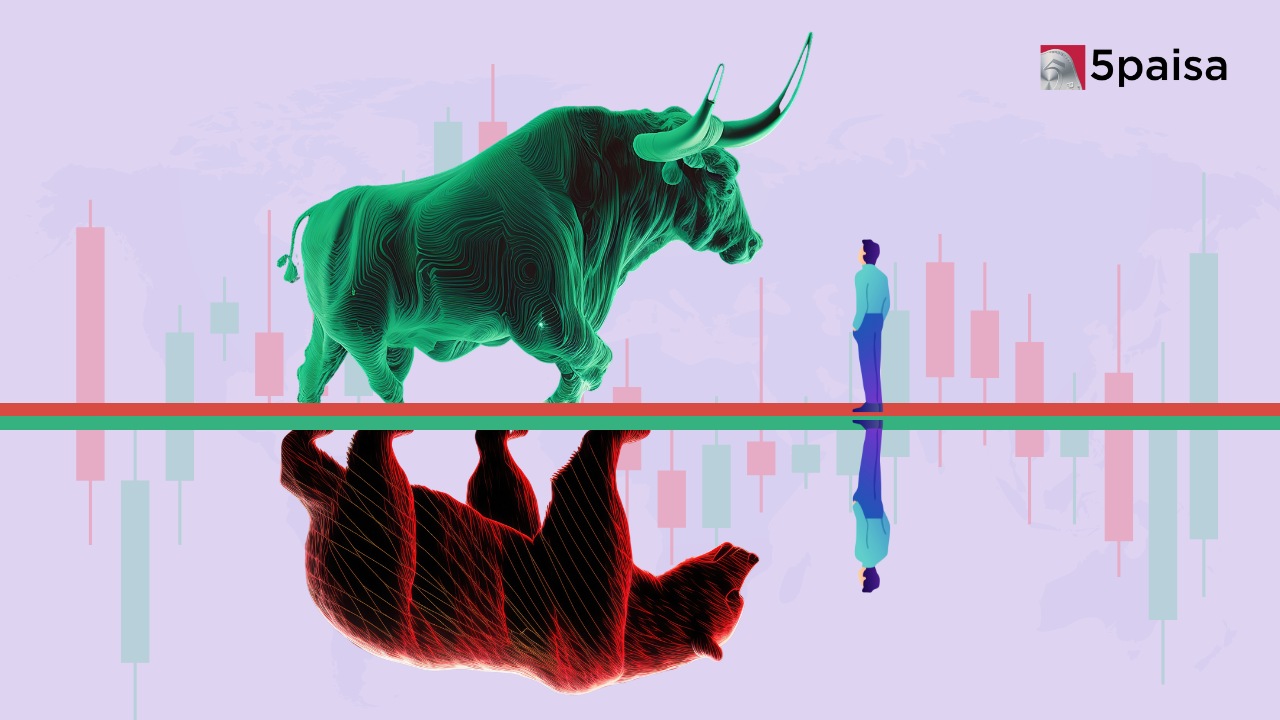Market Prediction For 24 March 2025
OECD's Indian Economic Outlook
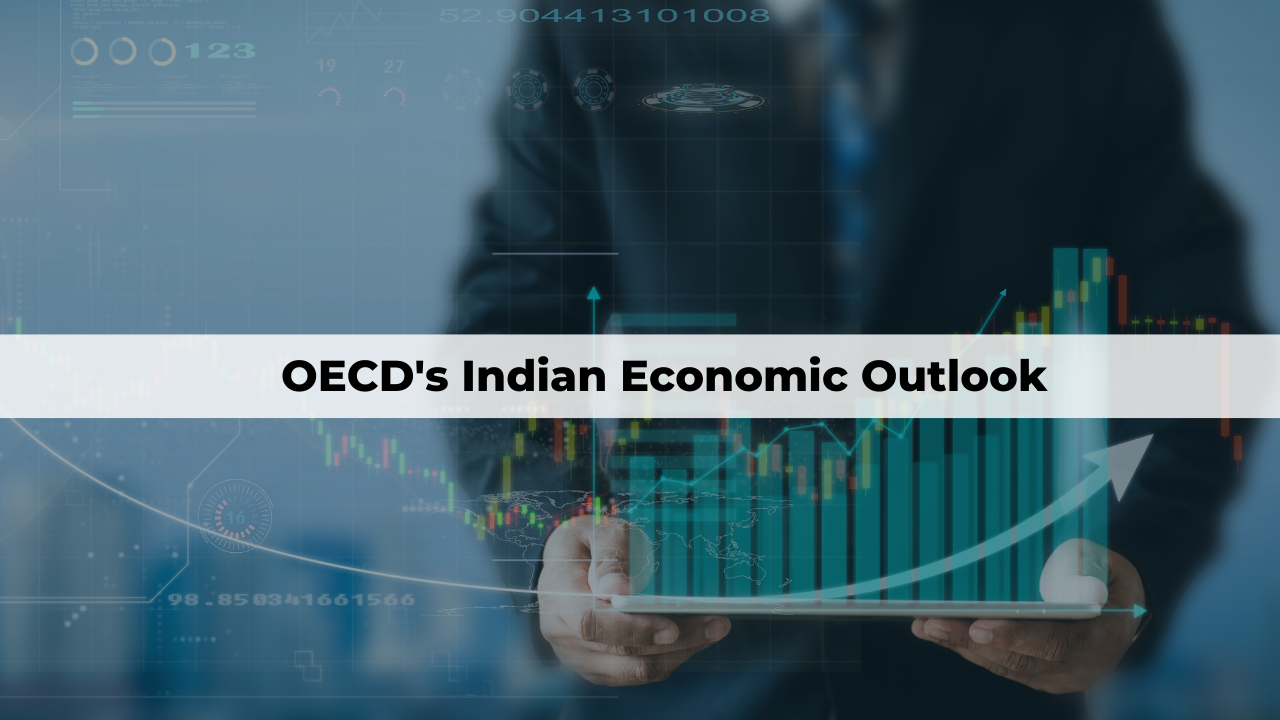
The Organization for Economic Cooperation and Development (OECD) recently published its Economic Outlook for India where it pegged India’s FY23 economic growth at 6.9 percent, the lowest by a major bank or institution, saying the country had been adversely affected by Russia’s invasion of Ukraine.
According to the OECD:
- The Indian economy is progressively losing momentum as inflationary expectations remain elevated due to rising global energy and food prices, monetary policy normalizes and global conditions deteriorate.
- The Real GDP is projected to grow by 6.9% in FY2023 and 6.2% in FY2024, despite a pick-up of corporate investment facilitated by the Production-Linked Incentive (PLI) Scheme. While inflation will gradually decline, the current account deficit will widen due to the surge in energy import costs.
- RBI began monetary policy tightening in May, intending to anchor inflation expectations and limit second-round effects. Given the financial and social costs of high inflation, the RBI should gradually move towards a more neutral monetary stance.
- The policy rate is projected to rise to 5.3% by the end of 2022 and remain there in 2023.
- With food and energy accounting for 53% of the consumer price index basket, measures have also been taken to contain domestically-generated inflation, such as cutting central excise duties on petrol and diesel and import duties on edible oils and coal, as well as restricting exports of selected agricultural produces.
- The central government fiscal deficit will decline, despite an increase in Capex, in the expectation that private investment will be crowded in.
- Railways and roads will receive a considerable boost through 50-year interest-free loans.
- Monetary policy normalization and weaker external demand will weigh on GDP growth in FY 2022-23 and FY 2023-24, though strong government spending will continue to support activity.
- Households maintain cautious views regarding short and medium-term prospects, amid signs of labor market softening, deteriorating purchasing power, and flattening real incomes.
- Merchandise exports rose to a record level, exceeding official government targets and validating India’s strategy of managed liberalization through preferential trade agreements with major partners.
- Consumption growth has slowed, with sales of two-wheelers falling to a 10-year minimum, subdued private sector credit growth, and contracting employment, although companies report difficulties in filling vacancies.
- Consumer price inflation for energy-related items and edible oils started trending up even before the Ukraine war and accelerated later.
- Based on India’s current policy settings, nearly 60% of its CO2 emissions in the late 2030s will be coming from infrastructure and machines that do not exist today which represents a huge opportunity for policies to steer India onto a more secure and sustainable energy path and requires efforts to electrify processes, enhance material and energy efficiency, use carbon capture technologies, and switch to lower-carbon fuels.
- Performance Analysis
- Nifty Predictions
- Market Trends
- Insights on Market
Trending on 5paisa
04
 5paisa Research Team
5paisa Research Team
Market Outlook Related Articles
Disclaimer: Investment in securities market are subject to market risks, read all the related documents carefully before investing. For detailed disclaimer please Click here.

 Sachin Gupta
Sachin Gupta
 Tanushree Jaiswal
Tanushree Jaiswal

